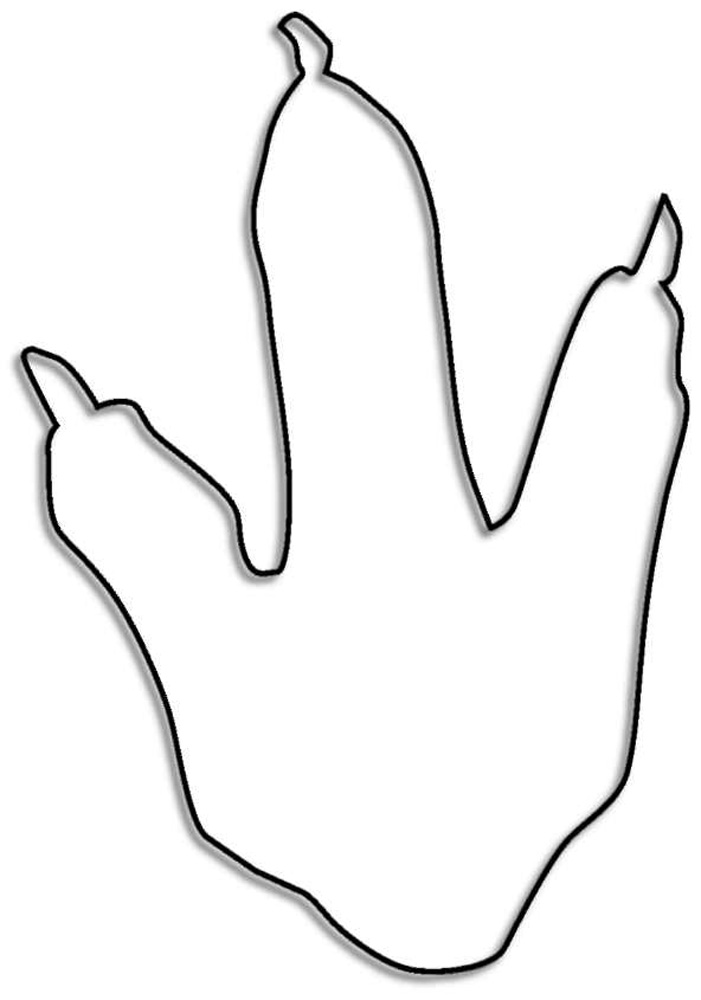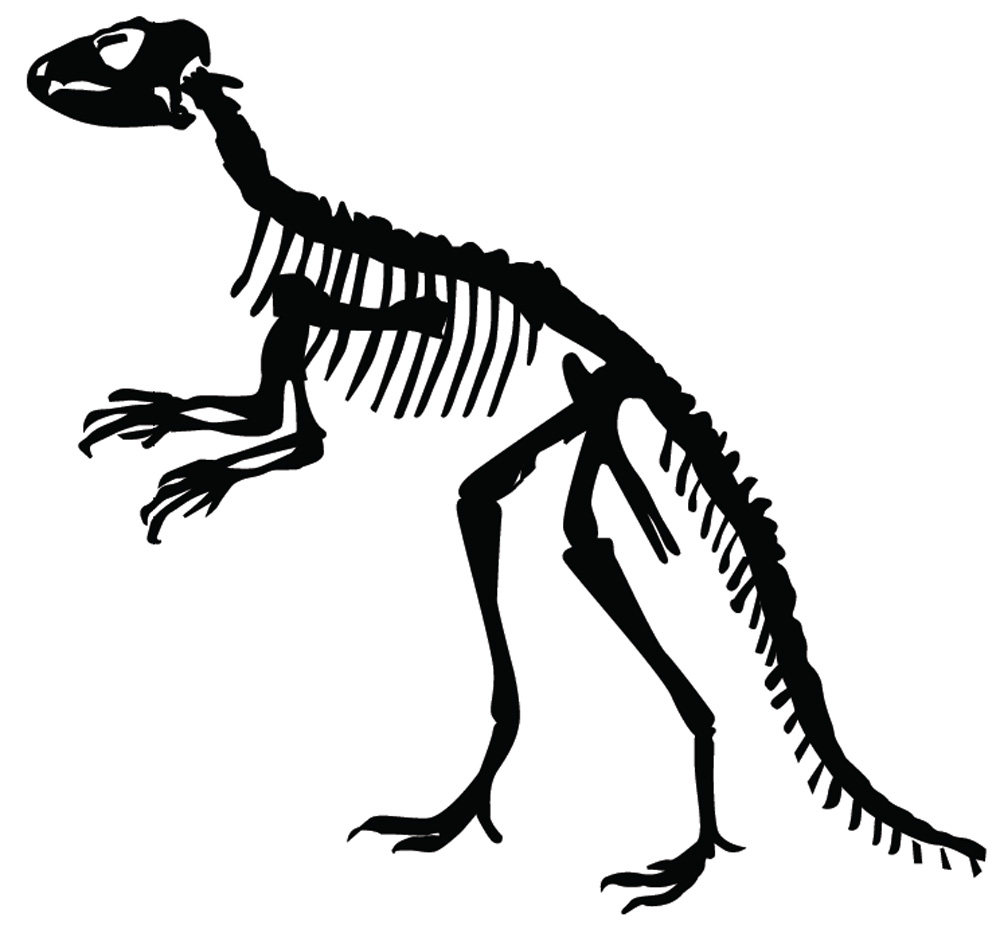New Dinosaur
Let’s talk about a new dinosaur. He was as big as a four-storey house and had a neck ten times longer than a giraffe.
An information sheet about the new dinosaur is being written. Your task is to write a Leaflet for older children about the dinosaur.
First, use your imagination to answer these questions:
- Where was the dinosaur found?
- What did he look like?
- What did he eat?
- Why did he die?
|
BODY |
32-34 metres |
|
NECK |
17 metres |
|
TAIL |
15 metres |
|
SPINAL COLUMN |
8 tonnes |
Draw what you think he would look like.

Read this
In Argentina, a team of palaeontologists have discovered the remains of a giant dinosaur that roamed the earth 80,000,000 million years ago. His skeleton was excavated in Palegonia on the banks of a lake. At that time, the land was warm, humid and covered in forest, but now it is a wind swept plain.
The dinosaur was big, strong and huge. It was as tall as a four-storey building, with a neck ten times longer than a giraffe. Even more amazing, its body measured 32-34 metres from head to tail and its neck was 17 metres, which is longer than a bendy bus.
John Renoir, a palaeontologist, told a news conference, “It’s an unknown species, maybe a Titanosaur. This is one of the biggest dinosaur skeletons found in the world. Its fossil is seventy percent preserved - (compared to only ten percent of other dinosaurs.) Scientists have been able to study his whole vertebrae or backbone, from the neck to its tail.”
Other well-preserved fossils of fish have been found in this area. They came from an ecosystem in the late Cretaceous period.
Scientists believe that fossilised leaves, found near the skeleton, would have been part of the dinosaur’s diet. He may have been a herbivore - another name for a vegetarian.
What happened to this giant dinosaur? Nobody knows how he died. Scientists will closely examine every bone to find the cause of his death. It maybe its flesh was eaten by predators and its skeleton was washed into the lake by a fast flowing river with debris and leaves. Over thousands of years, this skeleton formed a barrier accumulating more bones and leaves until it became fossilised. Another fossil, that was found, has a large arm with sickle shaped claws.
Answer these questions in sentences. Try and use a different word to start each sentence. Scan the information for key words that will help you find the answers. Tables help readers find information quickly.
- Where was he discovered?
- What is this land like?
- When did he live?
- What do the palaeontologists think he looked like?
- What size was he?
- How long was his body and his neck?
- What could he be compared to?
- Why are scientists excited by the find?
- What other fossils have been found?
- What clues do they give us about the life of the giant dinosaur?
- How might he have died?
- How will scientists discover these facts?

A dinosaur was found in:
- Argentina, Palegonia, on the banks of a lake, near a windswept plain and a warm humid forest.
It is important to scientists because:
- It is a new species and one of the biggest and most complete fossils found. Scientists have the whole backbone.
It ate:
- vegetation
- leaves (a herbivore)
Its appearance:
- big neck
- strong
- huge
- giant
Palaeontologists found:
- the fossil of a giant dinosaur that lived 80,000,000 million years ago.
The dinosaur was big:
- It measured 32-34 metres from head to tail. Its neck was 17 metres, ten times bigger than a giraffe and bigger than two buses.
- Its spinal column weighed 8 tonnes.
Write a leaflet for older children about a new dinosaur that has been discovered. Use the information on the previous pages to help you write. Make up your own facts: name, measurements, characteristics.
1. Choose a title.
2. Start with a short introduction explaining what you are going to write about.
You could use the following sub headings to help you write down your points in paragraphs.
- Where was the dinosaur found?
- What fossils have been found and how old are they?
- What did dinosaurs eat?
- How big was the dinosaur?
- What the dinosaur looked like.
- Why a new dinosaur fossil is important to scientists.
3. Write a conclusion or ending. Summarise what you have found out. Make some overall comments.

Non fiction writing uses:
- Different fonts
- Bold print
- Tables and diagrams
- Headings and subheadings
- Bullet points
...to help the reader find information quickly.